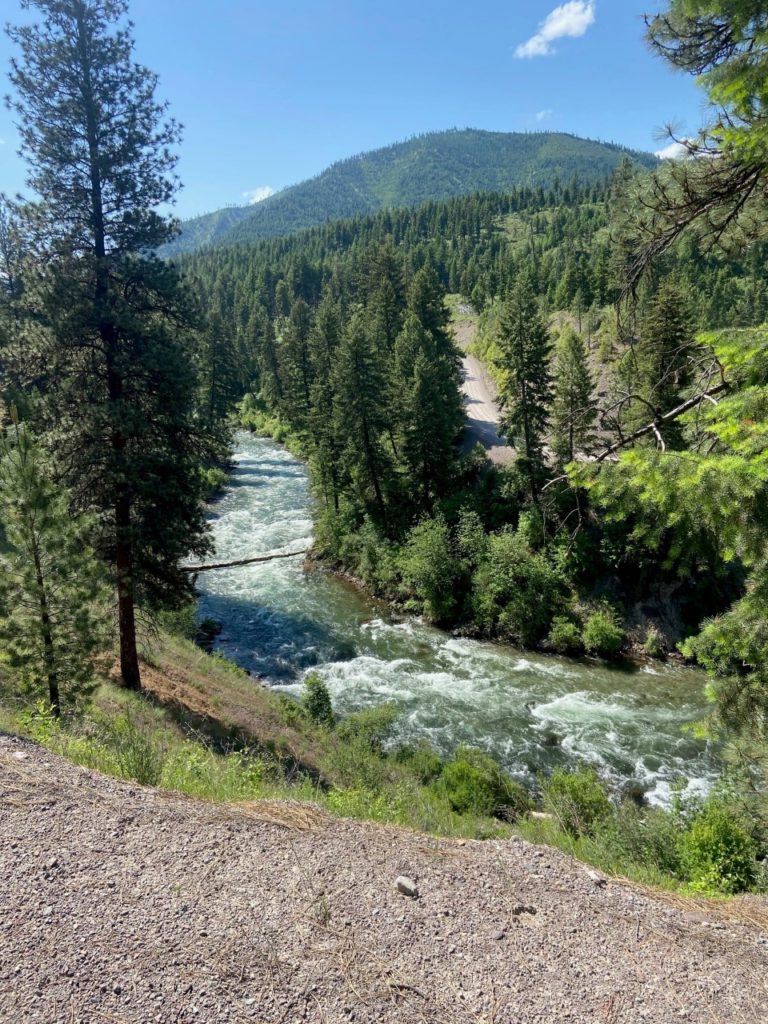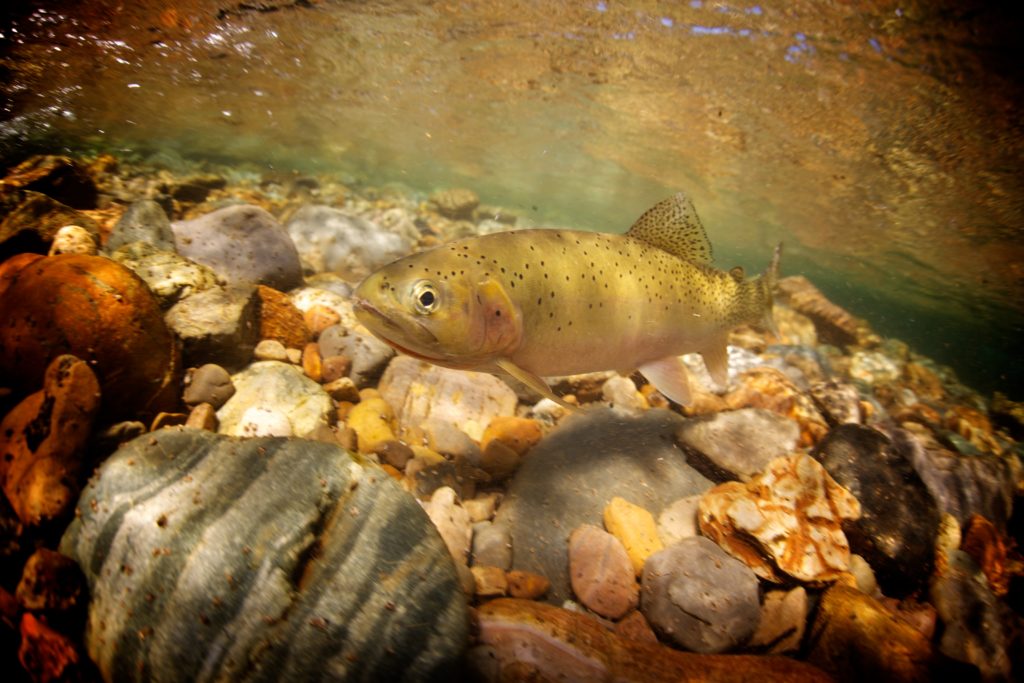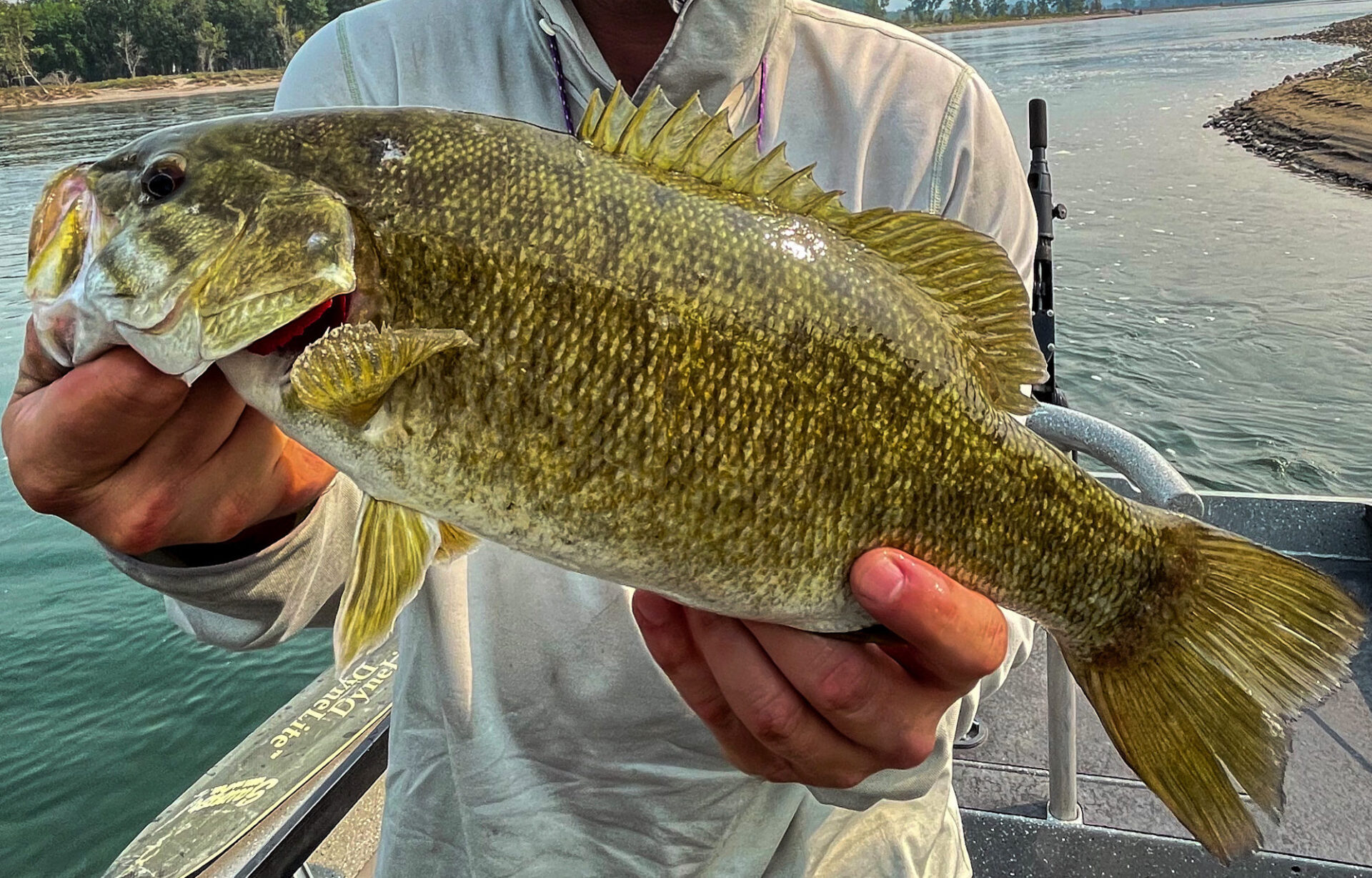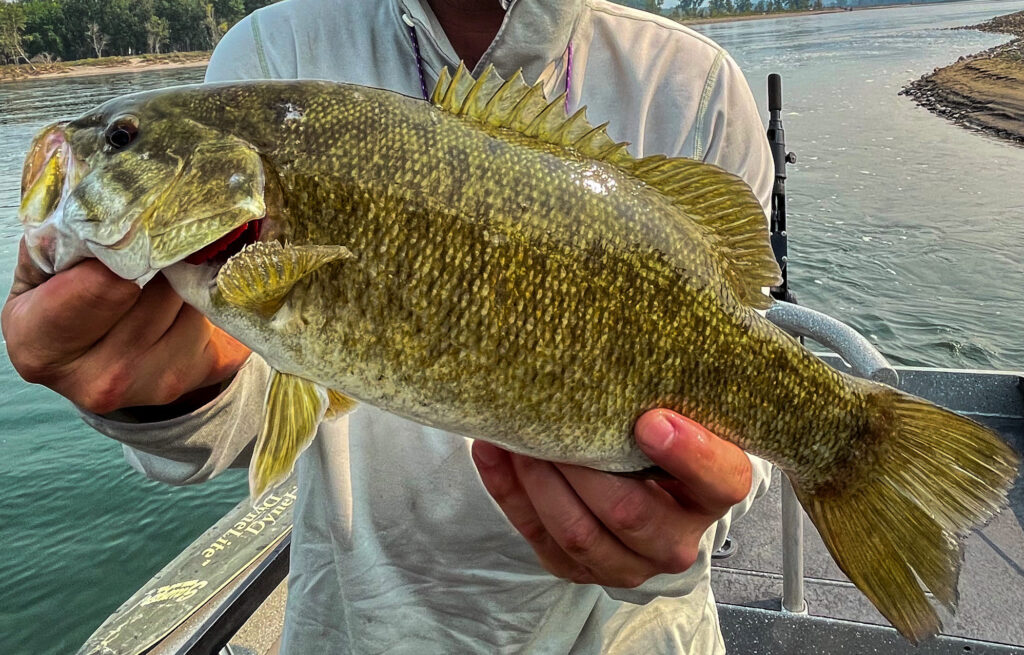Thank you for the opportunity to provide comments on the Proposed 2020 Fishing Regulation Changes. As we have reviewed the document, it is evident that a great deal of work and deliberative consideration went in to the development of these proposed changes. We appreciate the ability to have had the opportunity to be involved in the process, and we wanted to be sure to continue our participation in the process by offering formal written feedback on these proposed changes. Montana Fish, Wildlife, and Parks, and the Fisheries Division in particular, have gone above and beyond to involve the public through both the scoping and public comment process. We appreciate that effort and commitment to a robust public process.
Founded in 1964, Montana Trout Unlimited is the only statewide grassroots organization dedicated solely to conserving, protecting, and restoring Montana’s coldwater fisheries. Montana Trout Unlimited is comprised of 13 chapters across the state and represents approximately 4,500 Trout Unlimited members. A number of our chapters and local members helped inform the comments on the proposed changes that are found below.
Montana Trout Unlimited has great interest in the effects of proposed changes to Montana’s fishing regulations, especially given the increasing challenges facing our native fish resources by threats like climate change, competition and predation from introduced species, and increasing angling pressure. We continue to promote fisheries management that preserves and improves populations of wild fish, with a significant priority on native fish species, such as cutthroat trout, bull trout, and grayling. While our fishing regulations are but one tool that is available through which we can accomplish these goals, we do believe that they do play a significant role in native fish conservation.
Montana Trout Unlimited offers our support the following proposals in the Proposed 2020 Fishing Regulation Changes:
- Proposal 4 (Clark Fork River): This proposal cleans up the regulations by making fishing catch and release only for Cutthroat Trout from the mouth of the Thompson River to the Idaho border (namely the Thompson Falls, Noxon Rapids, and Cabinet Gorge Reservoirs). We support the standardization of Westslope Cutthroat Trout management on the entire Clark Fork River, and therefore we support this proposed change to catch and release for Westslope Cutthroat on this stretch of the river.
- Proposals 7, 9, 10, and 15 (Main, South, North, and Middle Fork Flathead River): We support these proposals to restrict terminal gear for the mainstem Flathead and tributaries, including the main three forks above Teakettle Fishing Access Site. Under these changes, anglers would be restricted to single pointed hooks, no treble or double pointed hooks. We know that angling pressure on native fish in these waters has drastically increased in recent years and that increase is forecast to continue. Our members have seen and heard from many local anglers and guides alarming and often fatal mouth damage (ripped mandibles, missing mouth parts) due to hooking-caused wounds, as well as reports of dead fish, likely due to poor playing and releasing techniques, dangerous terminal tackle and increasing angling pressure. Treble hooks play a large part in these wounds. We support efforts to eliminate the use of multi-pointed hooks in the Flathead River system. We believe that removing multi-point hooks from use on populations of threatened native fish will result increased survival and in better overall survival of the population. Again, Montana Trout Unlimited supports these proposals.
- Proposal 17 (Swan River): We support the conservation of the native Westslope Cutthroat Trout populations in their native range, and therefore we support the proposed change to catch and release regulation for Cutthroat Trout and liberalization of limits on Rainbow Trout on the Swan River.
- Proposal 34 (Smith River): With the increasing river usage and angler pressure on the Smith River earlier in the season (i.e. March-May), we believe that the proposed changes to implement the standard fishing season (the third Saturday of May through November 30th) for the tributaries between Camp Baker and Eden Bridge to be a responsible regulation change to protect spawning fish during these early months. In these months during higher flows on the mainstem, anglers are increasingly targeting these short stretches of tributaries putting unnecessary stress on spawning populations of Rainbow Trout. We support this proposal.
Montana Trout Unlimited supports modifications to the following proposals to the Proposed 2020 Fishing Regulation Changes:
- Proposal 2 (Western District Bass Regulation): As part of Proposal 2 to change the standard regulation of Bass in the Western District, the Department would separate regulation of Largemouth and Smallmouth Bass and set a possession limit on Smallmouth Bass of 15 daily and in possession. Montana Trout Unlimited does not feel that treating an illegally planted, aggressive species as a normal game fish and as such believes that setting limits and seasons is consistent with the intent of the Unauthorized Placement of Fish rule (ARM 12.7.1501). The proposal itself notes that there have been 18 confirmed illegal introductions of Smallmouth Bass in the past years and that Smallmouth Bass can outcompete native fish populations. During the scoping process, 68% of respondents supported no possession limit for illegal Smallmouth Bass, but the Department decided to include a 15-fish limit, which moves down the road toward making this dangerous invader an accepted part of our fishery and establishing more illegal populations in Western Montana. We suggest reverting to the original no possession limit in the final regulations.
- Proposal 31 (Lower Madison River): Under this change, the Department is proposing a permanent “Hoot Owl” restriction for the Lower Madison River from Warm Springs Day Use Area to the confluence of the Jefferson River from July 15 to August 15. Fishing would be prohibited from 2 p.m. to midnight during those thirty days. Montana Trout Unlimited strongly supports protecting trout during these acutely warm water conditions – the likes of which have become the norm for this stretch of river in recent years. We are concerned about the lack of the consistent use of this important tool across the state as we are seeing increasingly warmer waters that are negatively impacting native fish, often because of real or perceived challenges in the short notice of public education and enforcement challenges. We believe that moving to permanent Hoot Owl restrictions will actually make the regulations more predictable and user friendly for anglers. Our only suggestion is to go back to the original proposal that was offered during the scoping period of the Hoot Owl restrictions being in place on the entire stretch below Ennis Dam for the entire months of July and August. 72.5% of survey respondents supported that proposal, and it is certainly supported by the scientific data on stream temperatures on this stretch in recent years. The water temperatures are predictably exceeding healthy thresholds every year, and the original proposed regulation change would be more protective of the fishery resource in this stretch. We hope that you revert to it before you finalize the regulations.
Montana Trout Unlimited opposes the following proposal to the Proposed 2020 Fishing Regulation Changes:
- Proposal 33 (Missouri River below Holter Dam): Montana Trout Unlimited fully believes that this stretch of the Missouri River below Holter Dam to Cascade should be managed first and foremost as a wild, coldwater trout fishery. We cannot support these proposed changes to the regulations that would compromise the integrity of this world-class trout fishery, and we have long advocated for the current regulation of an unlimited harvest on non-native predatory species like Walleye. The Department should prioritize the management of wild, coldwater trout in this stretch of the Missouri, as they have done, and they should continue to robustly monitor the effect that non-native species, like Walleye, have on the populations of wild Rainbow and Brown Trout in the Missouri.
Beyond the existing proposed changes that we have commented on above, a number of our chapters and member leaders have expressed the need to continue to offer our support for more aggressive efforts to protect native fish through the fishing regulations. First, in regard to terminal tackle we continue to support more aggressive and widespread restrictions on the use of live bait in our coldwater fisheries. Nearly all-scientific studies have found that fishing with bait drastically increases injury to fish. Additionally, we continue to support more widespread use of barbless hook regulations in our most prized native fish water bodies. While the use of barbless hooks cannot definitively be proven to drastically reduce mortality, it is well known that it is easier to release a fish from a barbless hook, which reduces handling time and air exposure. Lastly, as noted in our comments concerning Hoot Owl restrictions on the Lower Madison, Montana Trout Unlimited would support more aggressive permanent and mandatory temperature triggers that initiate Hoot Owl restrictions on our coldwater streams and rivers. In the summer of 2019 there were at least eight streams that reached and sustained water temperatures over 73 degrees for three days – only one, the lower Big Hole had Hoot Owl restrictions enacted.[1] For the reasons previously stated, we support more predictable triggers for Hoot Owl regulations that also better protect our fishery resources.
Please do not hesitate to contact us with any questions, or if you need additional information regarding the comments that we have submitted (via email at [email protected] or by phone at 406-543-0054). Again, we thank you for the opportunity to comment, and we appreciate the open public process used by the Department to make these changes.
Respectfully,
David Brooks
Executive Director
Montana Trout Unlimited
Clayton Elliott
Conservation and Government Relations Director
Montana Trout Unlimited







